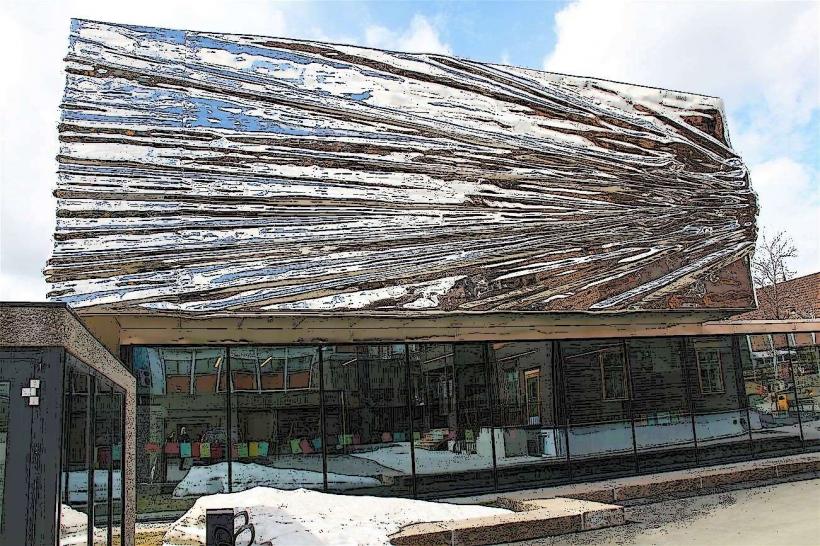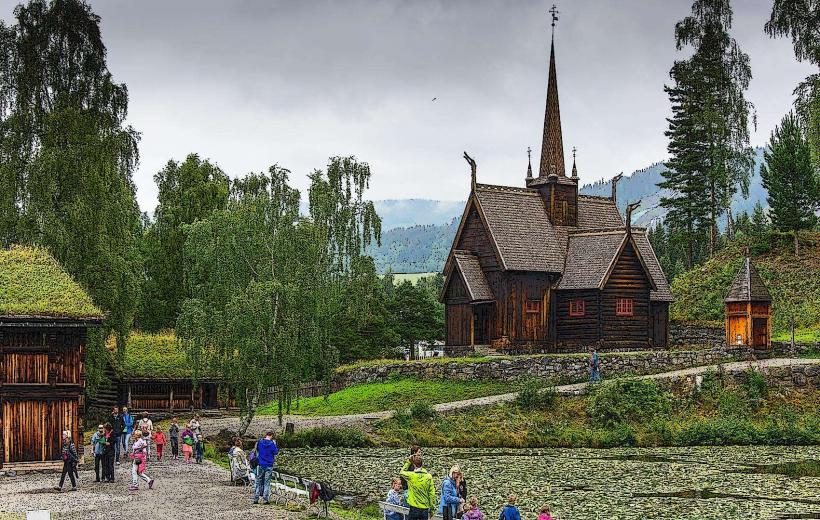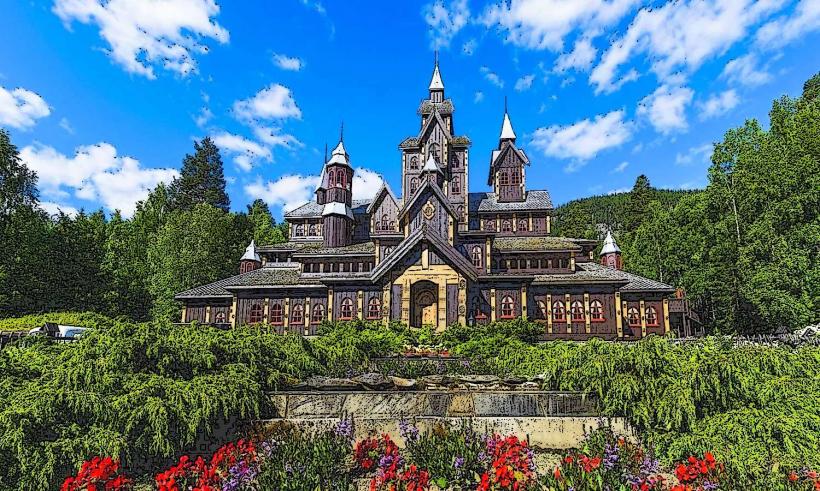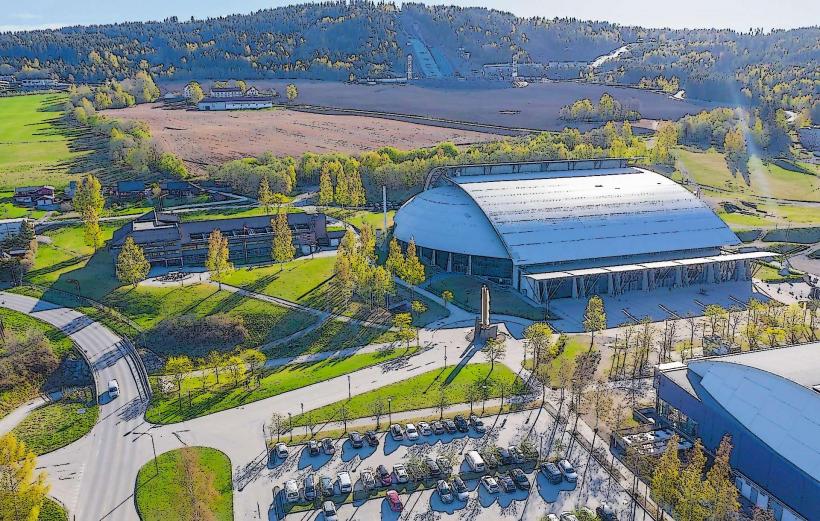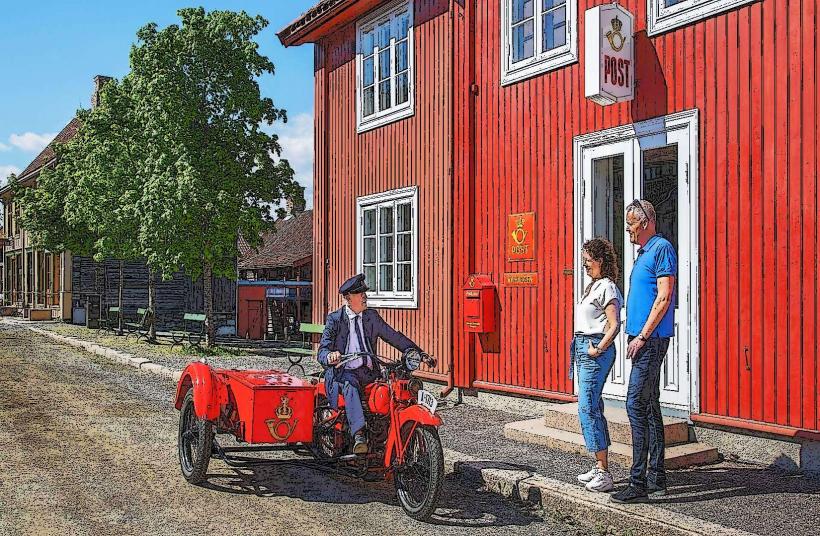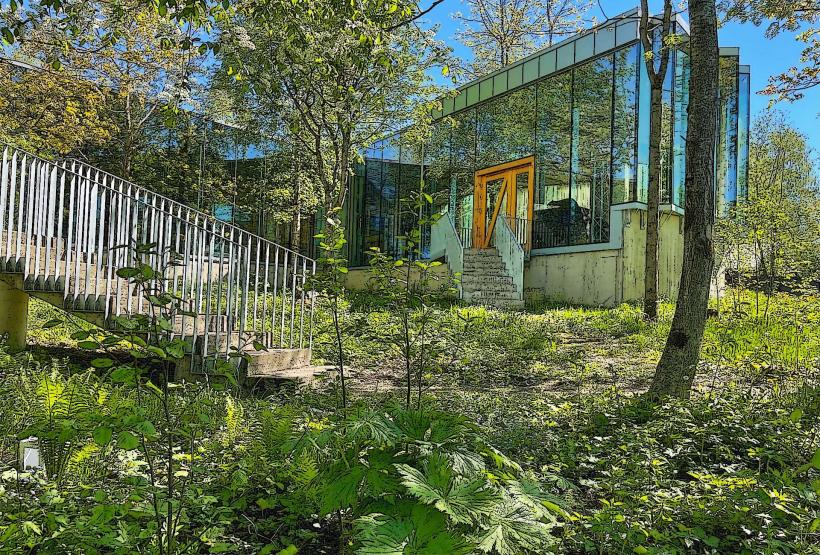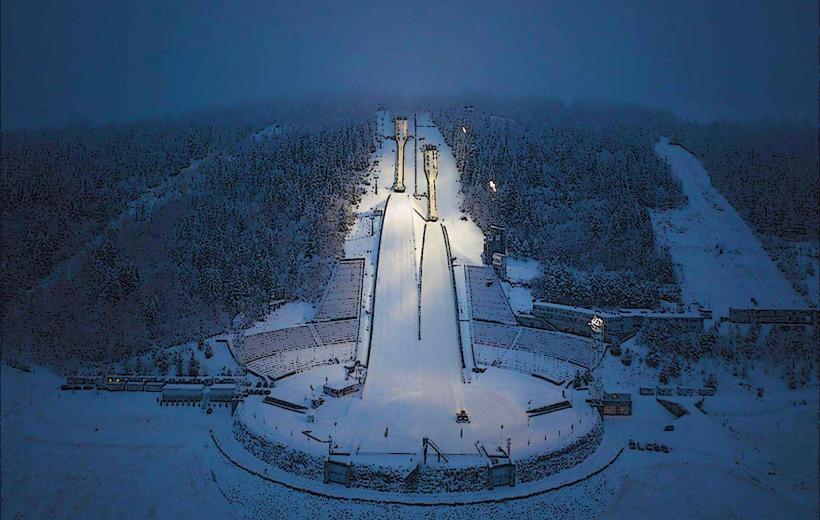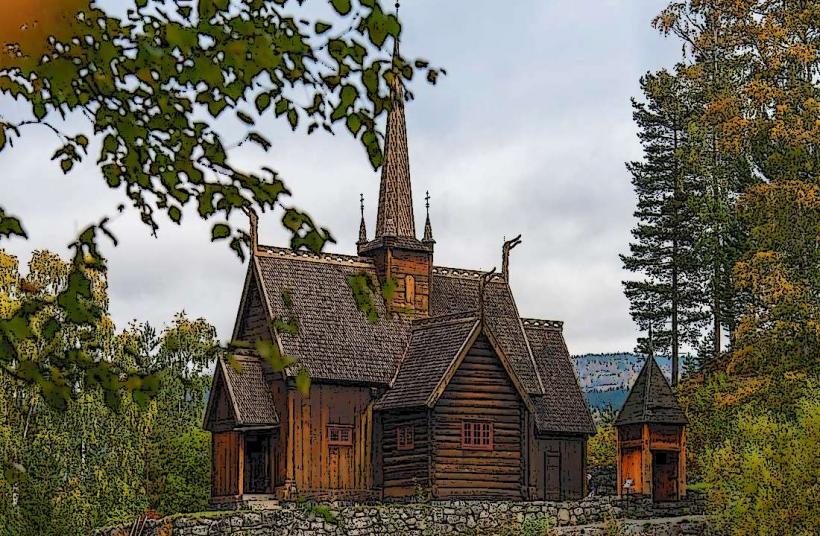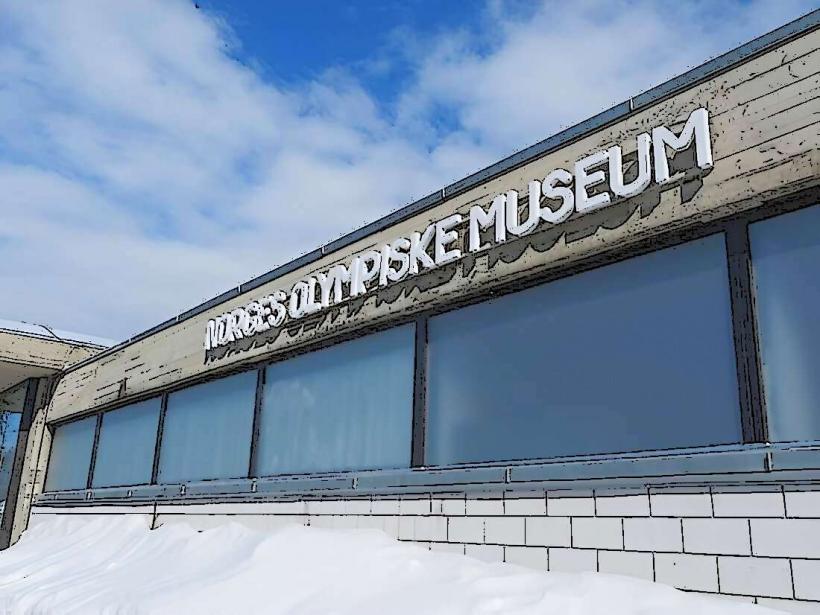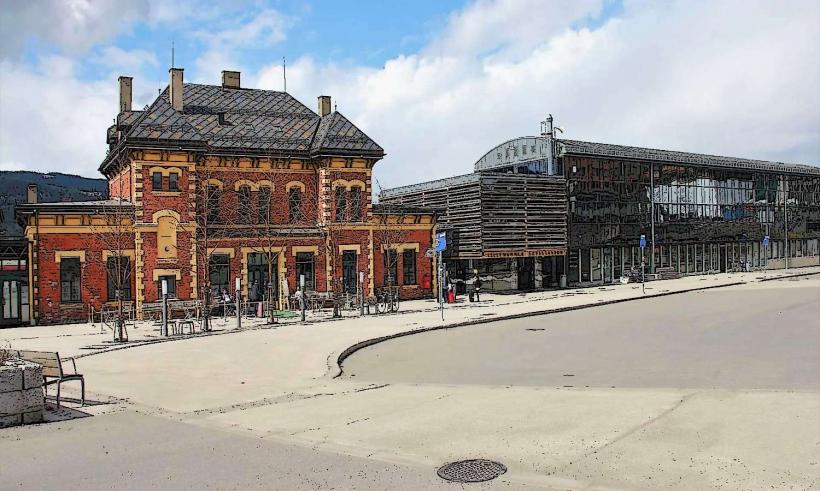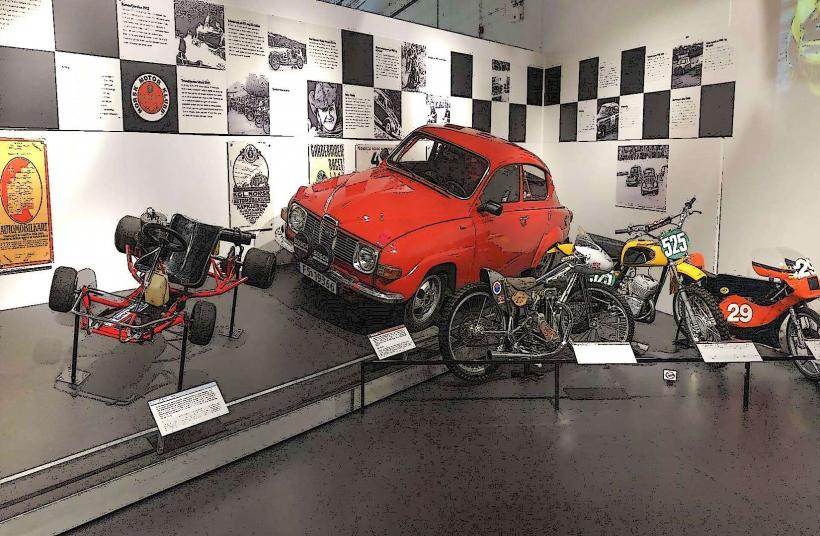Information
Landmark: Fabrikk MuseumCity: Lillehammer
Country: Norway
Continent: Europe
The Fabrikk Museum (Factory Museum) in Lillehammer is a small but intriguing museum dedicated to showcasing Norway's industrial and manufacturing history. Located in the heart of the region, it highlights the country’s journey through industrialization, with a special focus on local factories, production techniques, and the daily lives of workers in the past.
Overview:
- Location: The museum is situated in a historical factory building in Lillehammer, offering an authentic setting that reflects Norway's industrial past.
- Focus: It emphasizes the evolution of manufacturing, from traditional craftsmanship to modern industrial production, while exploring the impact of factories on local communities.
Key Exhibits and Features:
Historical Machinery:
- The museum features a collection of vintage factory machinery, including looms, presses, and early industrial tools.
- These artifacts demonstrate the ingenuity and mechanics of early Norwegian industry.
Textile Production:
- A significant portion of the museum is dedicated to the textile industry, which played a crucial role in Norway’s industrial development.
- Visitors can see examples of weaving, dyeing, and sewing techniques used in past centuries.
Factory Worker Stories:
- Personal stories and exhibits provide insight into the lives of factory workers, highlighting their contributions to Norway's industrial progress.
- Photographs, letters, and oral histories illustrate the challenges and triumphs of industrial labor.
Local Industry:
- The museum explores Lillehammer’s role in Norway's industrial history, showcasing products manufactured in the region, such as tools, textiles, and household goods.
- It also delves into how local factories adapted to changing economic conditions.
Interactive Displays:
- Hands-on exhibits allow visitors to operate small-scale replicas of factory equipment, giving them a sense of the processes involved in manufacturing.
Sustainability and Modernization:
- A contemporary section of the museum examines how Norway's industries have evolved to prioritize sustainability and environmental considerations.
Highlights:
Working Demonstrations:
- Visitors can watch live demonstrations of vintage machinery in action, providing a dynamic and educational experience.
- Experts explain the processes and answer questions about historical manufacturing techniques.
Children’s Area:
- A dedicated area for kids offers activities like building simple machines and experimenting with production techniques.
Temporary Exhibitions:
- The museum hosts temporary exhibitions that focus on specific industries, such as glassmaking, carpentry, or Norway's paper industry.
Visitor Information:
- Opening Hours: The museum typically operates year-round but may have reduced hours during the winter months.
- Tickets: Entry fees are modest, with discounts for families, students, and seniors.
- Accessibility: The museum is wheelchair accessible, with ramps and elevators available for visitors with mobility challenges.
- Gift Shop: A small shop sells locally made products, books about Norwegian industry, and souvenirs.
Nearby Attractions:
- Lillehammer Art Museum: Featuring contemporary and historical art, this museum is a short distance from the Fabrikk Museum.
- Maihaugen Open-Air Museum: A nearby cultural institution that complements the industrial focus of the Fabrikk Museum by showcasing rural Norwegian life.
- Storgata: Lillehammer’s pedestrian street, perfect for shopping and dining after a visit.
Educational Value:
The Fabrikk Museum provides a thoughtful exploration of Norway's industrial heritage, making it a great destination for:
- Students and researchers interested in industrial history.
- Families looking for an educational outing.
- Cultural enthusiasts keen on understanding the role of factories in shaping modern Norway.
Conclusion:
The Fabrikk Museum is a unique and engaging destination that sheds light on the industrial history of Lillehammer and Norway. Through its rich exhibits, interactive displays, and historical narratives, it offers visitors a glimpse into the ingenuity and hard work that drove the country's industrial growth. It's a must-visit for anyone curious about the evolution of manufacturing and the lives of the people behind it.

